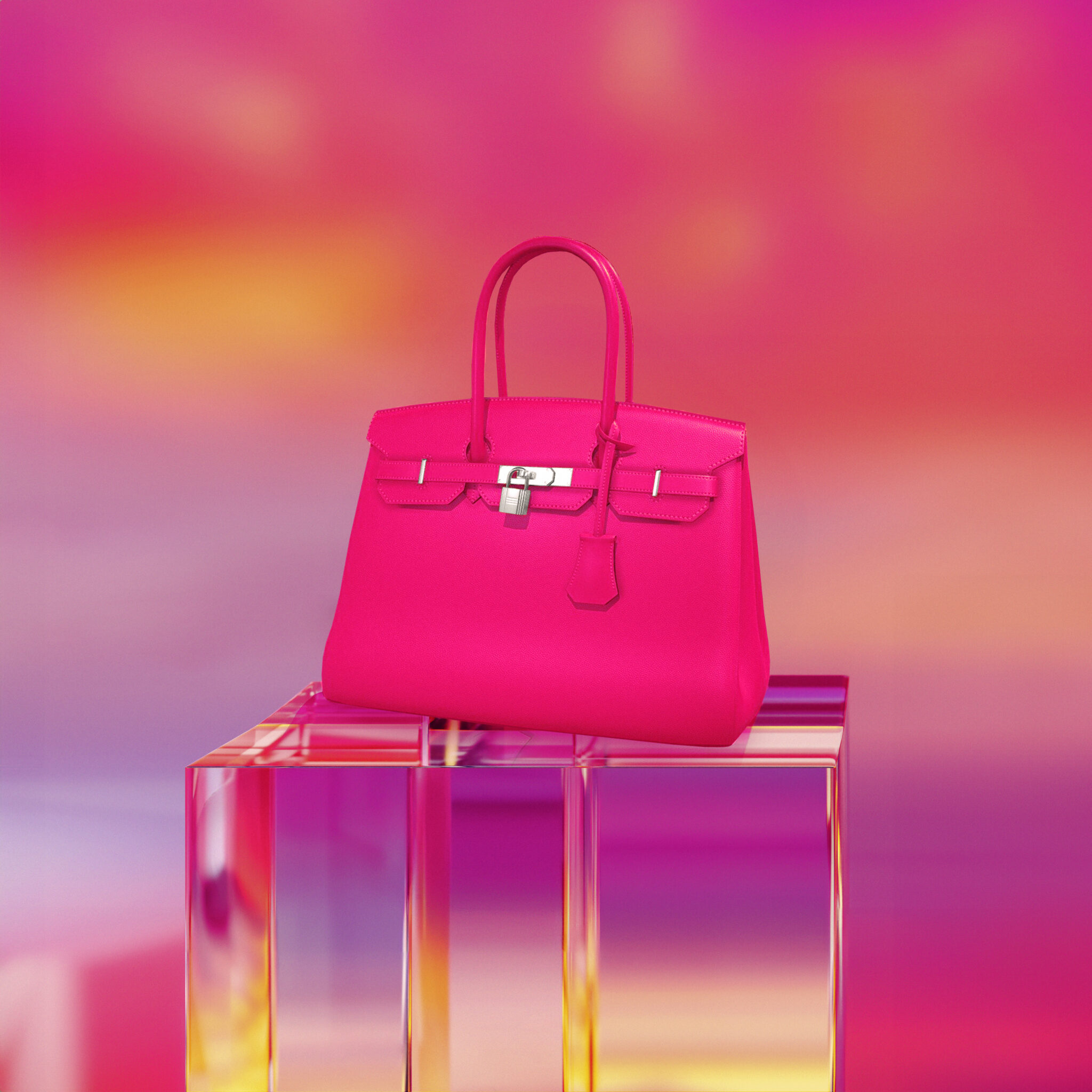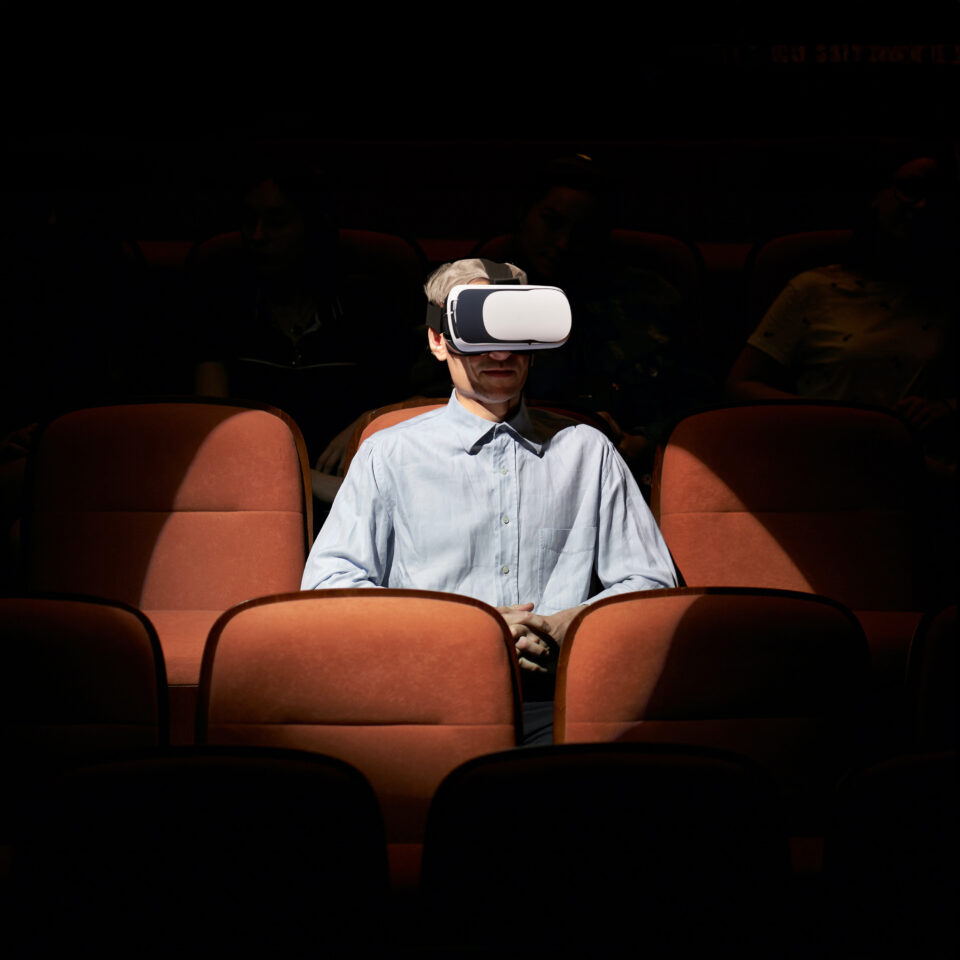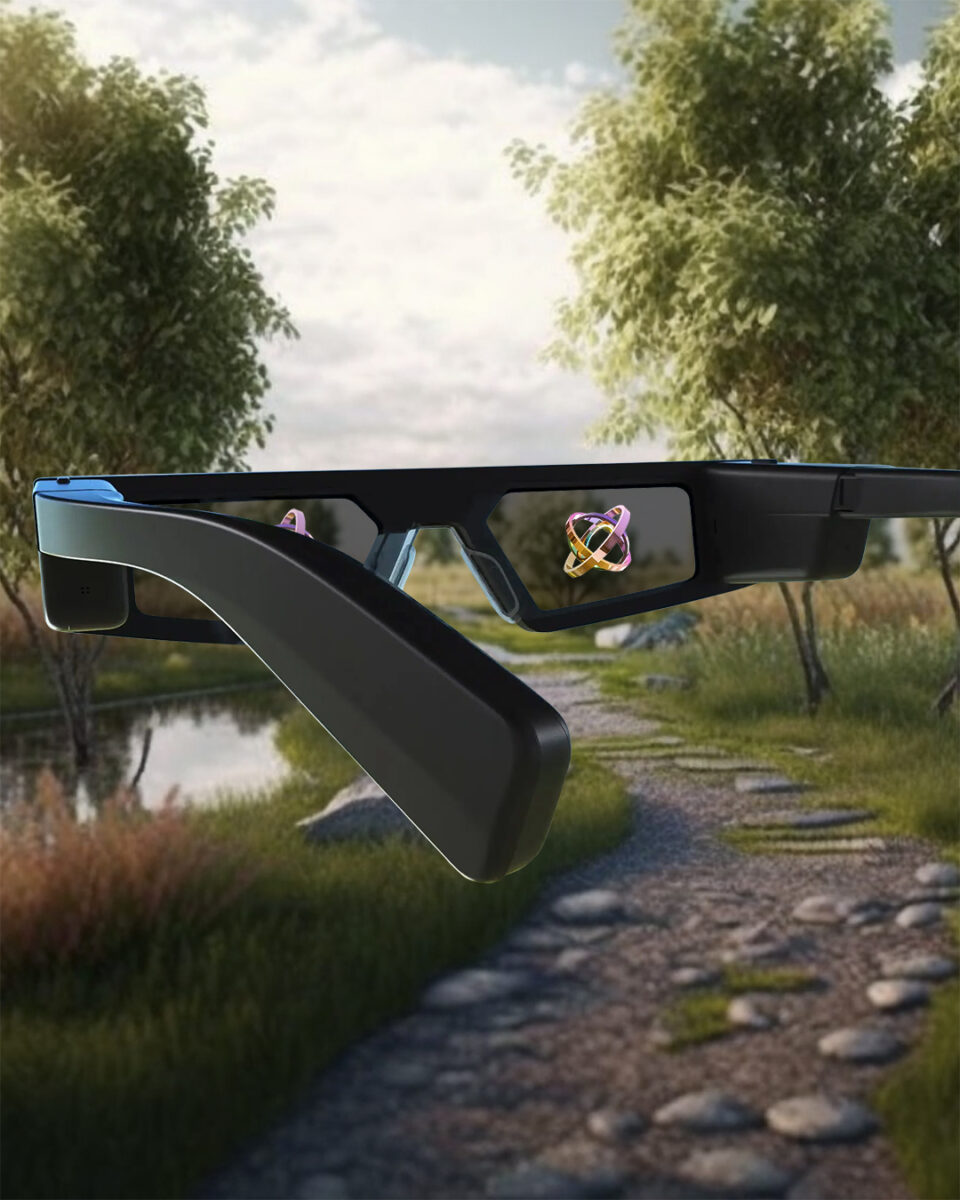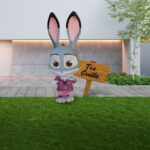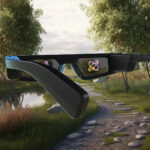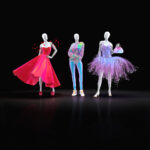As part of the Snapchat Partners Network, we were invited to contribute to the development of their latest Lens Studio feature: Ray Tracing.
Ray Tracing is a high-quality rendering system which allows developers to reflect light off and onto digital objects, significantly improving the realism of virtual product display. Normally only available on specially formatted desktops, its introduction to Snap’s mobile platform was set to deliver a host of new opportunities for online retailers. So, as a trusted partner, we were given early access to the technology to explore its potential and report back.
Whilst we found a range of different potential applications for Ray Tracing, it quickly became clear that fashion represented a golden opportunity. After all, some of the most cutting-edge fashion brands already allow their customers to sample products from the comfort of their own home by using the power of AR. With Ray Tracing, we realised we could take this experience to the next level.
“Neon Bag” – The first thing we wanted to test was the new reflective potential of objects which were given the Ray Tracing treatment. So, we set about designing a handbag. But in place of the traditional leather finish, we gave our bag a metallic exterior. Then we projected a custom video onto this metallic surface, using the new reflectivity that Ray Tracing allows to create a unique pattern which we could then transport to any setting.
“Mirror Dress” – OK, so we’d done a stationary object. For stage two, we now needed to explore movement. To do so, we created a futuristic mannequin and placed her on a mirrored runway in a fabulous shiny outfit. Now – can you spot what’s happening in the final video below? As the mannequin moves, not only do you see the daylight reflecting off her dress in different ways depending on her position, but you can also see her legs reflected accurately by the mirrors on the floor. Together, these subtle visual elements create a staggering degree of realism which was previously unimaginable.
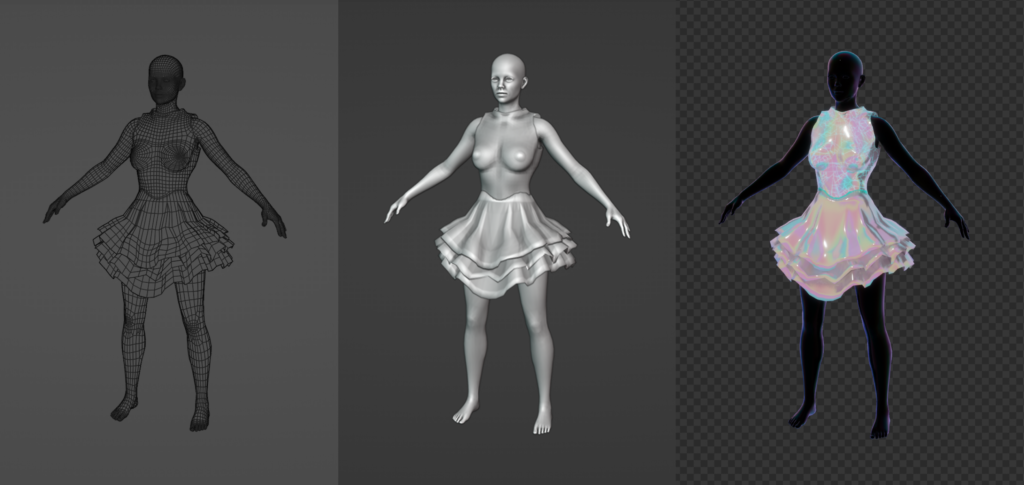
“Abstract shape” – By this point we’d had our fun with different real life objects. But in a world where AI is starting to create completely fantastical images and shapes, we started to wonder how Ray Tracing might be applied to more abstract objects. Could the technology handle it?
To find out, we used a Real Glass PBR Node Shader to build an AR model of a curved glass sculpture surrounded by orbiting balls of light. This was the ultimate test – an uneven surface that would both reflect light, and allow it to pass through. But thanks to the detailed control features available in Ray Tracing, we were able to precisely adjust the levels of transparency, brightness and reflectivity to create a truly realistic scene.Not only was this a damn impressive result, but it also provided a glimpse into the possibilities offered by Ray Tracing in the future.
The verdict
If the final hurdle that e-commerce brands must overcome is the ability for consumers to try on products at home with the same level of realism that they would experience in store, then it wouldn’t be crazy to call Ray Tracing something of a holy grail. We expect this technology to be employed across dozens of different sectors in the near future so if you want to check out some more use cases, this dedicated Snap blog can satisfy all your Ray Tracing cravings.
And of course, keep an eye on the Labs homepage for all of the latest Snap releases and more groundbreaking initiatives. We’ve already been given a glimpse of the next big thing that Snap is working on, and trust us when we say you will not want to miss it…
